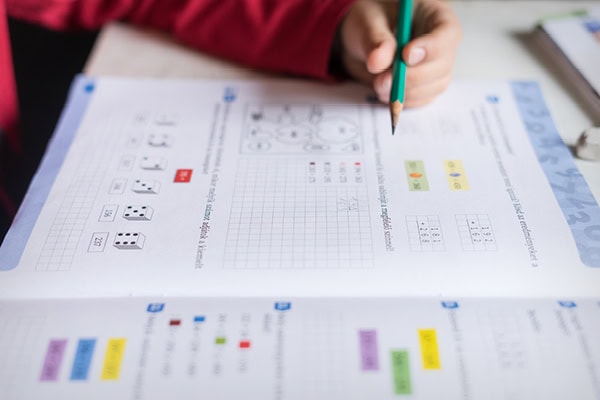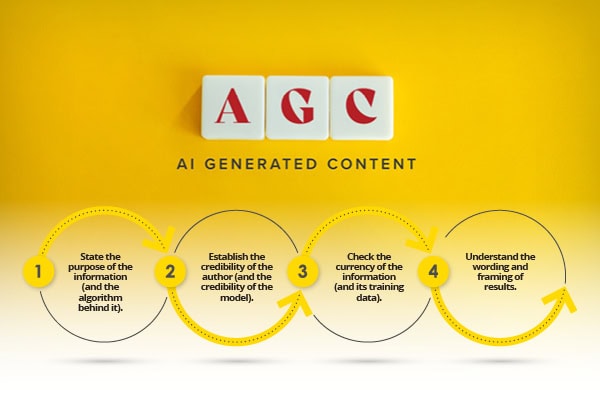As the 2023-2024 school year comes to an end, K-12 teachers in the U.S. are widely experiencing strain at work, with 35 percent of U.S. educators reporting burnout on most days, leading to absenteeism and a decline in instructional quality as consequences, according to eSchool News.
New data from Canva, a visual communication platform offering free tech tools for the classroom, investigates what is causing teacher burnout, how it impacts their work, and whether technology like artificial intelligence (AI) is emerging as a helpful resource.
When it comes to burnout, the findings indicate that most teachers experience it, and it often inhibits them from thriving at work:
- Nearly all (83 percent) teachers experience burnout at least some days, with 35 percent experiencing burnout daily or most days.
- Primary drivers include strenuous classroom and student management responsibilities (46 percent), lack of administrative support (42 percent), low compensation (38 percent), and the need to work outside of school hours (37 percent).
- Sixty-six percent of teachers report working beyond contractual hours, with 24 percent clocking an additional three hours daily.
How to reduce the strain? Teachers cited receiving higher salaries (61 percent) and maintaining a healthier work-life balance (44 percent) as things that would help. Technology alone is not a solution, but many teachers are open to AI as a solution to address some of their pain points and support their work:
There’s a strong correlation between educator AI use and job satisfaction:
- Forty-six percent of satisfied teachers use AI, as opposed to only 26 percent of unsatisfied teachers.
- During this past school year, 42 percent of K-12 teachers used AI in the classroom.
AI can improve the education experience:
- Among those using AI, 92 percent found it helpful in addressing teaching pain points. Sixty percent agreed AI could improve work efficiency and 58 percent attested that AI helped alleviate burnout.
- AI has also helped promote more creativity and visual communication in the classroom. Fifty-one percent use AI to create and supplement classroom materials, 38 percent use AI to spark students’ imagination and creativity, and 37 percent use it to improve the visual elements of their work.
Those who haven’t tried AI yet are optimistic about its potential:
- Over half (56 percent) of teachers who haven’t tried AI believe it can help reduce burnout, with a pronounced belief among Gen Z and Millennial teachers (63 percent) and teachers with less than five years of experience (75 percent).
- Among those who haven’t adopted the technology, 68 percent are likely to try AI for curriculum and planning, with kindergarten and elementary teachers most likely (72 percent).
eSchool News





